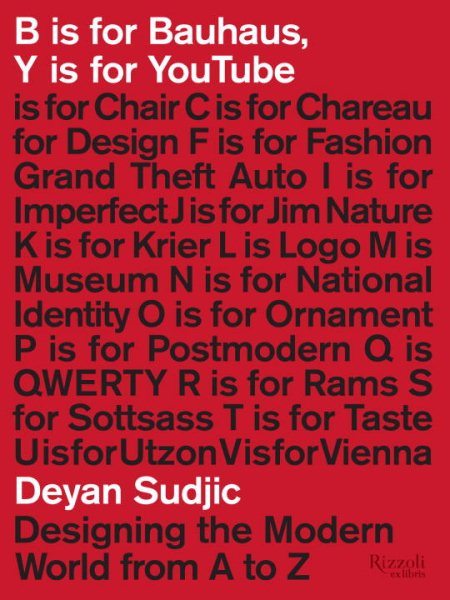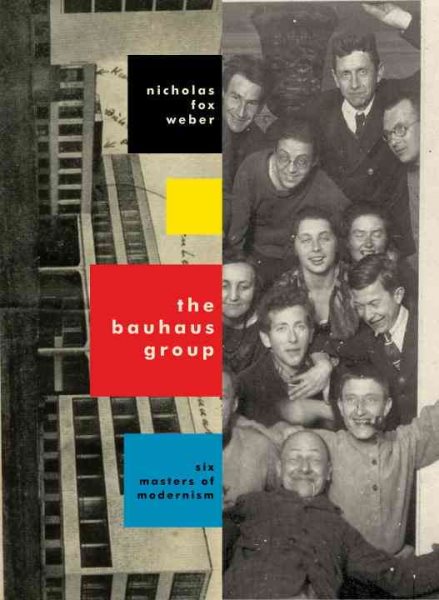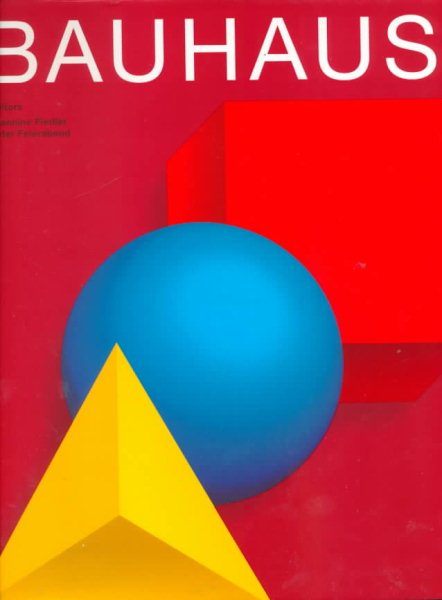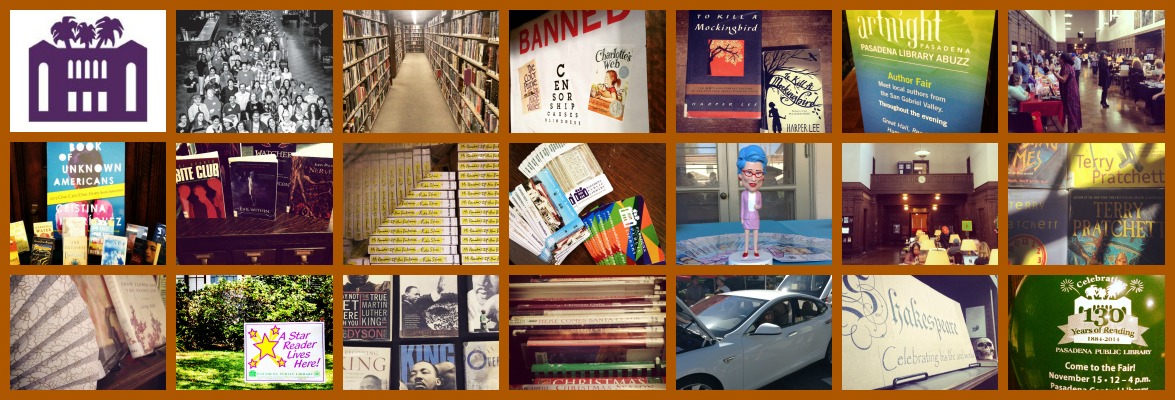We’re inspired by today’s Google doodle, which honors a century of modernism, begun in 1919 with the founding of the Bauhaus art school in Weimar, Germany. Visit Google to “play” the short animation of the doodle, and read a little more about its lasting and international influence on design, art, and culture. Then consider checking out a title about Bauhaus, its artists, or modernist design.

A tool kit, done in A–Z form, for understanding the world around us through the way we design and use things. Covering subjects that range from authenticity to Grand Theft Auto to Dieter Rams, Deyan Sudjic’s latest book has been called “a master class in musing on modern design.” Though it is organized in A–Z format, it is not a dictionary or an encyclopedia in the strictest sense. Rather, it is an essential tool kit for understanding the world through emblematic examples, both historic and contemporary, from the field of design. In stand-alone chapters, Sudjic explores concepts as a whole, specific movements, or specific objects and people. The result is a kaleidoscopic view of the profound way in which design—both good and bad—has colored the modern world and influenced our interactions with popular culture. Woven throughout are surprisingly nostalgic remembrances and intensely personal perspectives on a life in design by someone who clearly lives and breathes it. Sudjic demonstrates not only a passion for the subject, but also an ability to illuminate what is most inspiring and intriguing about the way we create.

Weber (executive director, Josef & Anni Albers Fdn.; Le Corbusier: A Life) offers a cross section of the personal lives of six artists and architects of the Bauhaus. Walter Gropius, Paul Klee, Wassily Kandinsky, Josef and Anni Albers, and Ludwig Mies van der Rohe are each described, with special attention paid to the fortitude, ambition, or passion for art that characterized their tenure at the school. Much has been written about the Bauhauslers, but Weber adds his personal recollections of the Alberses, whom he first met as a student in the 1970s.
Bauhaus 1919-1933: Workshops For Modernity by Barry Bergdoll, Leah Dickerman
The Bauhaus is one of the most studied design movements of the 20th century, with a constant and continuing stream of publications about it. This catalog of the American version of a major exhibition co-organized by New York’s Museum of Modern Art (MoMA) and several German Bauhaus collections is the museum’s first exhibition dedicated to the influential German design school since 1938. Bergdoll and Dickerman (both MoMA curators) provide brief informative essays—Bergdoll on the architecture and building curricula of the school and its influences and influence at the time, and Dickerman on the social and political thinking involved in the multidisciplinary curriculum as it evolved under different directors and in different locations. The book consists of plates of over 400 objects in the exhibition; 30 objects have one- to six-page essays by experts on individual pieces or types, such as Marcel Breuer’s tubular furniture or Herbert Bayer’s typography.

This book illustrates not only the origins and impact of the Bauhaus movement but also Bauhaus as an institution: theory, pedagogical methods, life and routine. The authors take readers inside individual workshops, where they can discover the unique wealth of forms and ideas that remain the hallmark of Bauhaus products.
Partners in Design: Alfred H. Barr, Jr. and Philip Johnson edited by David A. Hanks
This sleek and accessible catalogue, edited by Hanks (The Century for Modern Design), focuses on the historic relationship between Alfred Barr Jr., founding director of the Museum of Modern Art, and Philip Johnson, the well-to-do Harvard grad he selected in 1929 to lead the museum’s department of architecture and design. As the essays here repeatedly stress in different ways, the two brought about “a transformational period of American design.” Barr and Johnson helped make the slick, nondecorative functionalist aesthetics of Germany’s Bauhaus palatable to mainstream Americans. They developed novel, ambitious, yet popular exhibitions that advanced the art of the everyday object and encouraged the public to seek it out. Much of the book foregrounds these, such as the 1934 Machine Art exhibition on industrial design that marked the “beginning of the museum’s role as tastemaker” and represented the “culmination of the Barr-Johnson partnership.” The best essay looks at Barr and Johnson’s apartments, and how they used their own living spaces to articulate concepts of the new modern interior. The book is full of crisp, cool examples of relevant objects, some from the exhibitions or the personal collections of Barr or Johnson, and each with an explanatory paragraph. These include cake pans, lamps, tables, Josef Hartwig’s chess set of abstract geometric shapes, and wickedly handsome chairs designed by Mies van der Rohe. The slick design and layout of the book clearly take a cue from its subjects.

Traces the history of the German school of art, the Bauhaus, and examines the activities of its teachers and students.

